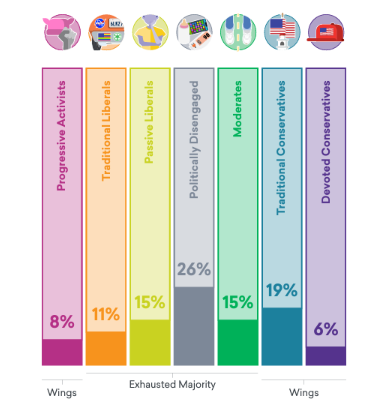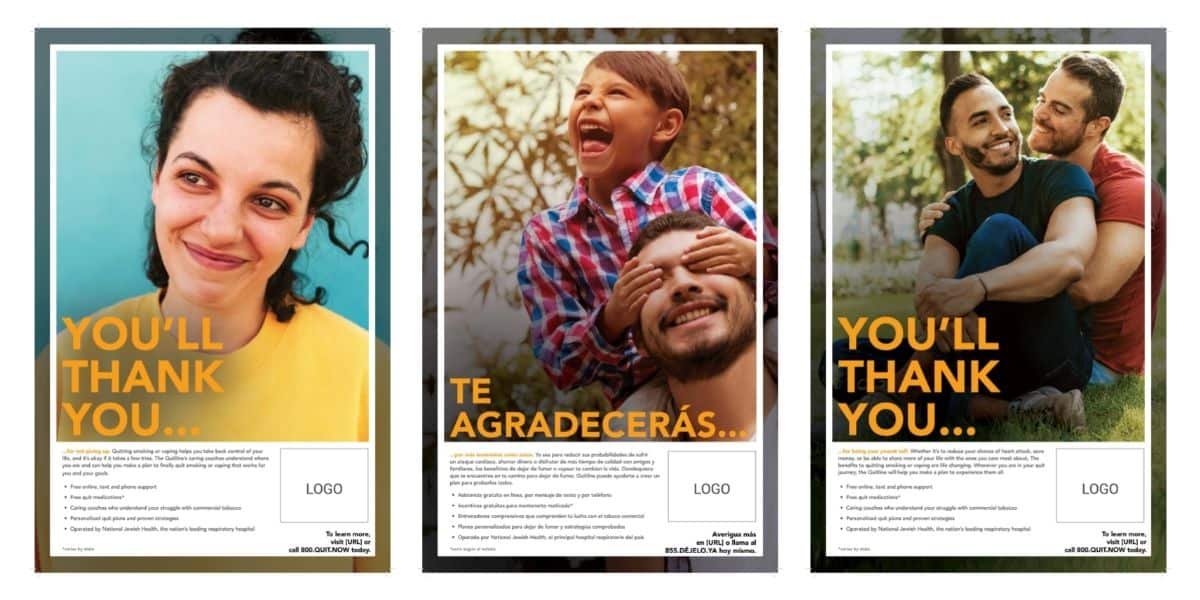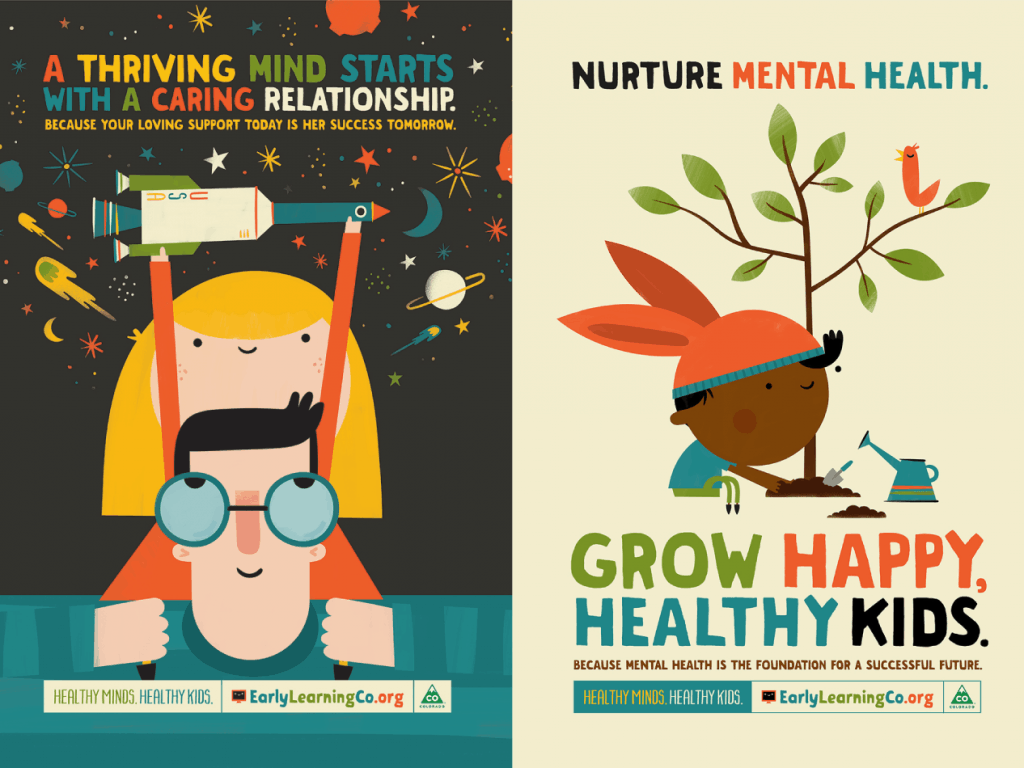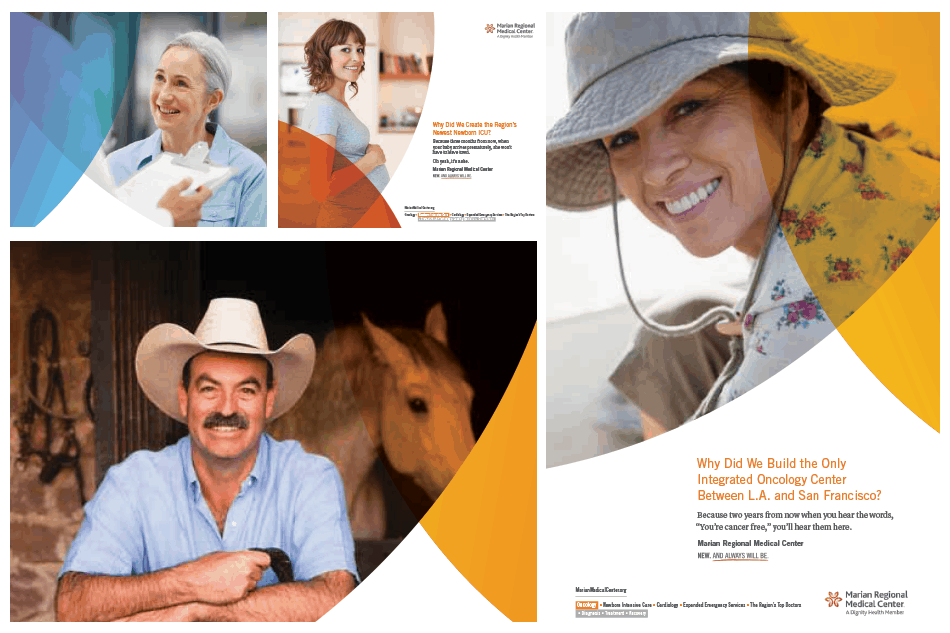How can shifting our focus from demographics to understanding values and motivations foster more meaningful conversations, even when discussing challenging topics?
Perhaps never has this topic been timelier.
More in Common’s session on Speaking to Values and Identities at The Communications Network’s ComNet24 last month challenged me to rethink how I approach and communicate perspectives outside my own.
In our professional and personal lives, we often categorize people by race, sex/gender, age, or political affiliation. From these labels, we make snap assumptions and conclusions about how someone might think, act, or navigate the world, which in turn shapes how we communicate with them.
However, research from More in Common encourages us to look deeper — that real understanding goes beyond surface labels. Every person is different, why are we still only focusing on small parts of what makes someone human?
More in Common’s Hidden Tribes Study reveals that America’s divides stem from deeply held ideals rather than just race, politics, or socioeconomics. By focusing on values, motivations, and worldviews—referred to as “core beliefs”—we can connect more authentically.
Core beliefs influence how individuals perceive the world and respond to social and political issues, providing a more nuanced perspective. Traditional demographic labels play a role in a person’s core beliefs, but they don’t tell the whole story. We can create communication that resonates authentically with each person’s lived experience better when considering their upbringing, current reality, and aspirations for the future.
The study identifies five key dimensions that shape worldviews:
- Tribalism and group identification
- Fear and perception of threat
- Parenting style and authoritarian disposition
- Moral foundations
- Personal agency and responsibility
These dimensions helped group Americans into seven “hidden tribes,” ranging from Progressive Activists to Devoted Conservatives. In the middle lies the Exhausted Majority—a group of ideologically flexible individuals, frustrated with the current state of the world but not strictly aligned with either “side”. This majority in the middle may offer the most room to create change, if we can identify, understand and leverage their core values.
 More In Common’s Hidden Tribes
More In Common’s Hidden Tribes
>>> Discover more on the Hidden Tribe profiles <<
>>Take the quiz to find your “Hidden Tribe”<<
From ‘Who’ to ‘Why:’ Rethinking How We Understand and Engage Audiences
To communicate more effectively, we need to shift our mindset from focusing solely on “who” our audience is to understanding “why” they think the way they do.
For example, consider what values drive their beliefs about community and responsibility instead of assuming their stance on an initiative based on their race, age, or income. Are they motivated by a sense of fairness? Safety? Freedom? And how do these factors shape their views?
Asking questions like these can create authentic communication that resonates with a person’s deeper concerns and priorities.
Therefore, effective communication requires engaging with those who don’t share our views to better understand their core values, and bridge divides. If we only surround ourselves with like-minded individuals, we limit our understanding of others, making it challenging to connect with people who have different perspectives and experiences, people who could also potentially benefit from our work.
And when we misunderstand or overlook core values, we risk mischaracterizing entire groups, leading to shallow communication or reinforcing divides. This creates what More in Common calls a “perception gap,” where we assume there is more division than actually exists, perpetuating stereotypes and further emphasizing disconnections.
For instance, assuming that “traditional” values imply resistance to change can overlook potential motivations like stability or a desire for community.
While focusing on values can potentially help bridge differences, it’s important to recognize its limits. When people hold very rigid or extreme views, emphasizing shared values might not just fall flat—it can be a non-starter, especially if those values clash outright with the core message.
Values as a Bridge: Calling People In
Starting with values can transform how we communicate and invite people into conversations that matter. A values-based approach creates opportunities to call people in—building dialogues that lead to sustained connections and change.
People are complex, and so are their experiences. Whether crafting a campaign message or navigating a tough conversation, consider starting with values to foster understanding.
By acknowledging the motivations that drive people, we can communicate in more genuine and impactful ways. In a world where it’s easy to talk right past each other, this kind of intentional, values-driven approach may be exactly what’s needed to bridge divides, build real connections and drive change towards a collaborative vision for the future.

About the Author:
Mikhail Talley (she/her) is a recent graduate from Colorado State University, where she received her degree in Journalism & Media Communication. With a non-traditional path towards graduation, while finishing school she worked in live music marketing before realizing her true passion lay in communication for change landing public relations/digital marketing roles with notable non-profit organizations, Denver Rescue Mission, Cancer Support Community, and Colorado Youth for a Change. Mikhail uses her passion for community advocacy to aid in pushing forward mission-driven projects, emphasizing the need to give those who feel voiceless the opportunity to be heard.





